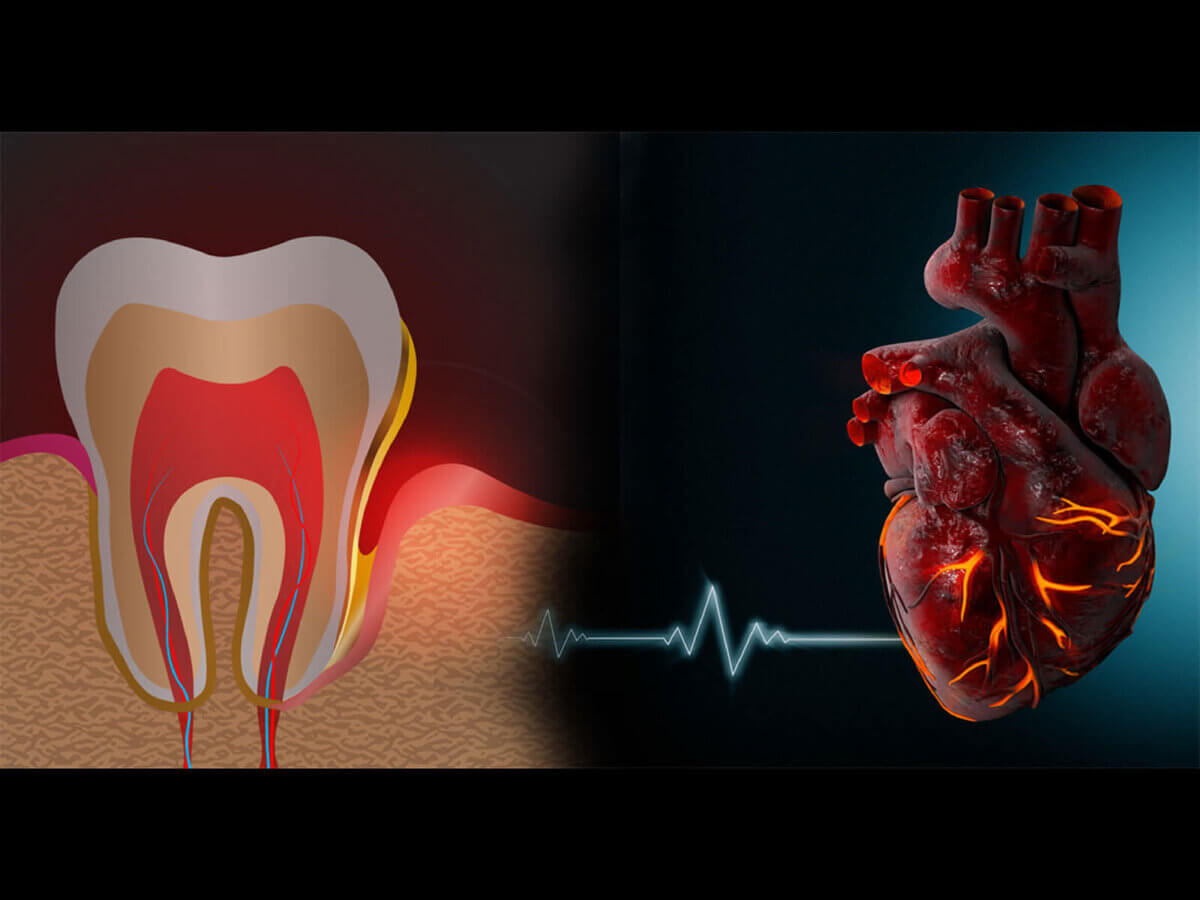When it comes to health, we often compartmentalize different aspects of our well-being. However, emerging research suggests that our oral health might be more connected to our overall health than we previously thought.
One surprising link that has gained attention is the connection between gum disease and heart health. In this blog, we’ll explore this intriguing relationship and understand why maintaining a healthy smile might be more important than we realized.
Understanding Gum Disease
Periodontal disease, also called gum disease, causes inflammation of the tissues supporting the teeth. It starts with the buildup of plaque—a sticky film of bacteria—on the teeth. If not removed through regular brushing and flossing, this plaque can harden into tartar, leading to inflammation and infection of the gums. It is possible to lose teeth as a result of gum disease in its advanced stages.
Finding the Connection between Gum Disease and Heart
Gum disease, or periodontal disease, is a multifaceted oral health issue that extends beyond the confines of the mouth, influencing systemic health in unexpected ways. Let us see how it affects our heart health:
The Oral-Systemic Connection
Recent studies have uncovered a fascinating link between gum disease and various systemic conditions, including heart disease. The connection lies in the body’s inflammatory response. When gums are inflamed due to periodontal disease, the inflammation can extend beyond the oral cavity, affecting other parts of the body.
Inflammation as the Culprit
When the body is infected or injured, inflammation occurs naturally. Chronic inflammation, however, is associated with various health problems, including heart disease. In the case of gum disease, the chronic inflammation triggered by the presence of harmful bacteria may contribute to the development and progression of atherosclerosis—a condition where arteries become narrowed due to the buildup of fatty deposits.
The Role of Bacteria
The bacteria associated with gum disease can also enter the bloodstream, potentially reaching the heart and causing further complications. This can lead to infective endocarditis, an infection of the heart’s inner lining or valves. While this is a rare occurrence, it highlights the importance of oral health in preventing systemic issues.
Infective Endocarditis
One specific consequence of bacteria reaching the heart is the risk of infective endocarditis. Although rare, this condition involves the infection of the inner lining or valves of the heart. Individuals with pre-existing heart conditions or compromised immune systems are particularly vulnerable.
While infective endocarditis is not solely caused by poor oral health, maintaining healthy gums can reduce the risk of bacterial entry into the bloodstream.
Maintaining Oral Health for Heart Health
Given the connection between gum disease and heart health, it becomes crucial to prioritize oral hygiene. Regular brushing, flossing, and routine dental check-ups are key components of preventing and managing gum disease.
Additionally, adopting a healthy lifestyle, including a balanced diet and avoiding tobacco products, contributes not only to oral health but also to overall well-being. The intimate connection between gum disease and heart health underscores the importance of impeccable oral hygiene.
The pathway to a healthy heart begins with conscientious care of our teeth and gums, as the repercussions of neglect extend far beyond the oral cavity.
Conclusion
As we continue to uncover the intricate connections within the human body, the link between gum disease and heart health serves as a reminder that our health is a holistic concept. Taking care of our teeth and gums goes beyond a dazzling smile; it can positively impact our cardiovascular health.
By understanding and appreciating this connection, we empower ourselves to make informed choices that contribute to a healthier, happier life. In the grand scheme of well-being, perhaps it’s time to give our pearly whites the attention they deserve—after all, a healthy smile reflects a healthy heart.




